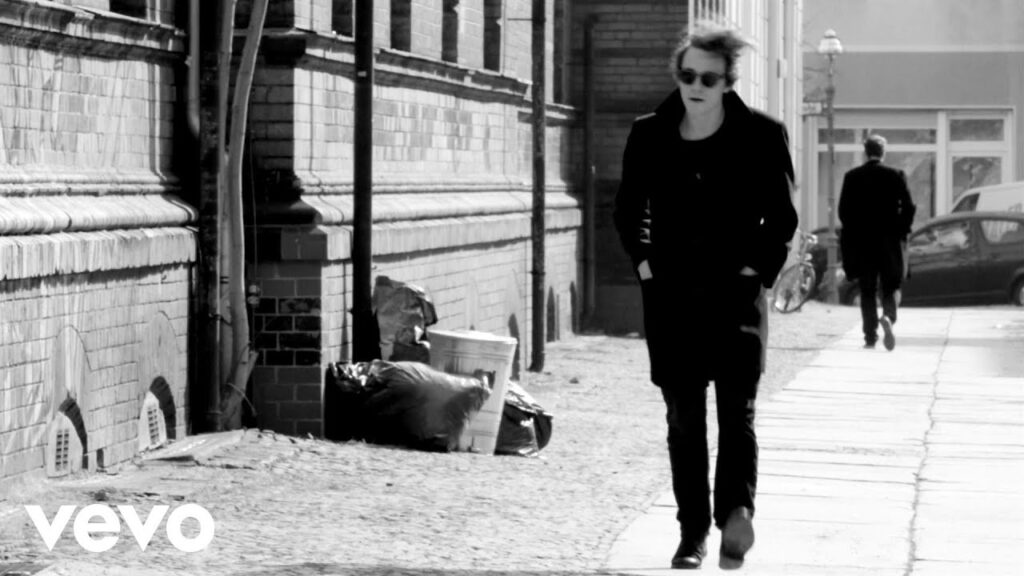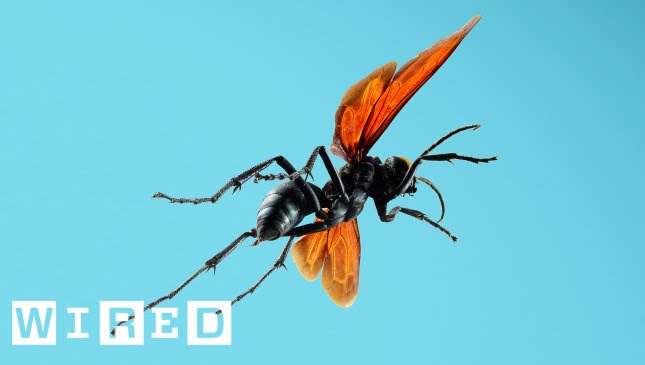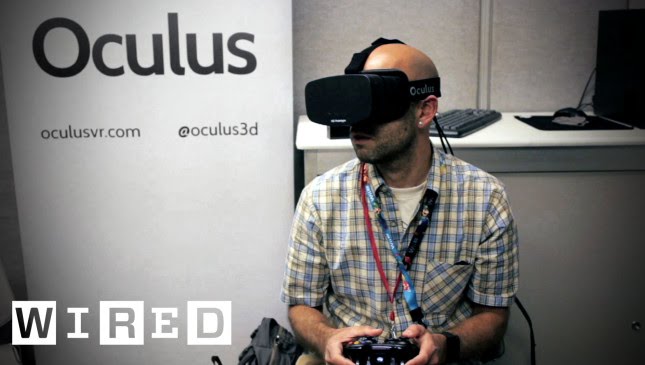The Microbial World Beneath Us: Exploring the Subways of the World
Summary
The article centers around Dr. Christopher Mason’s research on the microbiome found in subway systems across the globe. Dr. Mason and his team identify and categorize the microorganisms found in city subway systems, including bacteria, viruses, fungi, and parasites, that are either inside, outside, or all around us, and how they mediate health and disease. Cities have unique microbial fingerprints consisting of both rare and common species. Humans have evolved a tolerance for milk, and certain species of lactobacillus found in dairy products are also present in subway systems. The subway system and city surfaces enrich for and probably select for hardier microbes that can survive on rough surfaces full of toxins and radiation, but there is no evidence of a wealth of harmful pathogens that are waiting to greet commuters at the subway system.
Table of Contents
- Introduction
- What is the microbiome?
- How did the research start?
- What have they found in different subway systems around the world?
- Is the subway system safe?
- What are the implications of this research?
- Conclusion
Introduction
Subways are an essential part of transportation in big cities across the world. However, what lives beneath them, invisible to the naked eye, is a world that most people know nothing about. Dr. Christopher Mason, a professor of genomic, physiological, and biophysics at Weill Cornell Medicine, and his team set out to discover and categorize the microbiome found in city subway systems around the world.
What is the microbiome?
The microbiome is the collection of microorganisms that are either inside, outside, or all around us. They include bacteria, viruses, fungi, parasites, and other little organisms that are usually not visible to the naked eye. These microorganisms have a strong and powerful feature of mediating health and disease. They help us digest food, synthesize vitamins, and protect us against harmful invaders such as pathogens.
How did the research start?
Dr. Mason and his team started swapping subway stations in 2013, setting up an app, a tracking system, and developing a protocol. They swabbed every single subway station in triplicate across New York City. They aimed to identify and categorize the microbiome found in city subway systems across the world.
What have they found in different subway systems around the world?
Subway systems across the world have unique microbial fingerprints consisting of both rare and common species. In New York City, they found Cutibacter acnes, the most common species that is a normal skin flora bacteria shed off human bodies. In Naples, they found Mediterranean microbes and food-related microbes associated with cooking pizza and baking bread. During the 2016 Olympics in Rio, they found a burst of new species emerging with the mass increase of humans coming into the city. Tokyo had the greatest amount of novel peptides or new biology that has discovered from any of the cities swabbed so far. Half of the DNA they sequenced matched no known species; it had never been seen before.
Is the subway system safe?
There is no evidence of a wealth of harmful pathogens waiting to greet commuters at the subway system. A pathogen is an organism known to cause an infection and disease, and we have seen no evidence of that in the city centers or transit systems. Antibiotic resistance or antimicrobial resistance genes found in the subway and transit systems are often less than what we find in the soil or our own stomach. The subway system and city surfaces enrich for and probably select for hardier microbes that can survive on rough surfaces full of toxins and radiation.
What are the implications of this research?
The research opens up new doors in medicine, biology, history, and even forensics. In medicine, bacterial functions discovered could lead to new medicines, therapies, and even treatments. In biology, findings will help scientists understand how CRISPR functions and develop new drugs. In history, findings could offer insights into early civilizations and verify the use of certain technologies in different parts of the world. In forensics, findings will provide a new way to understand where a person has come from based on the microbes they are carrying.
Conclusion
Subway systems across the world have unique microbial fingerprints consisting of both rare and common species. They are not a danger to commuters, and some say exposure to these environments could potentially be beneficial. Dr. Christopher Mason’s research on the microbiome found in city subway systems around the world has opened up a new way of looking at the world beneath our feet. The implications of this research are vast, and it has the potential to benefit millions of people around the world in ways we have yet to discover.







